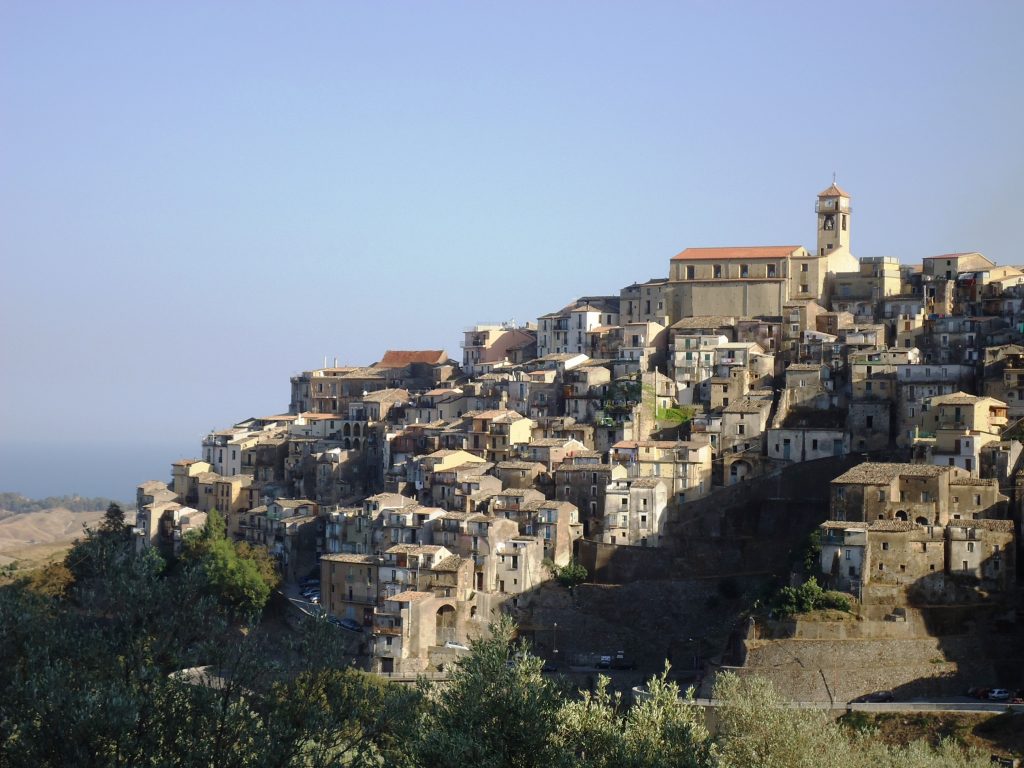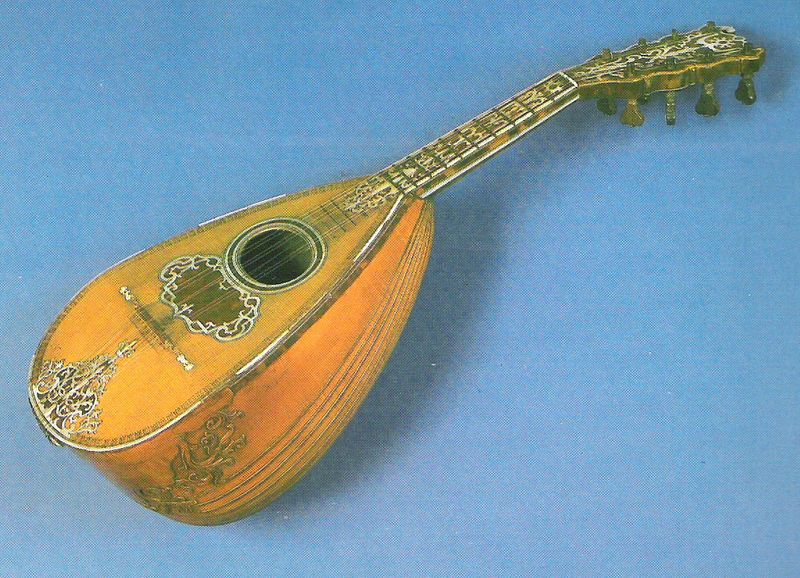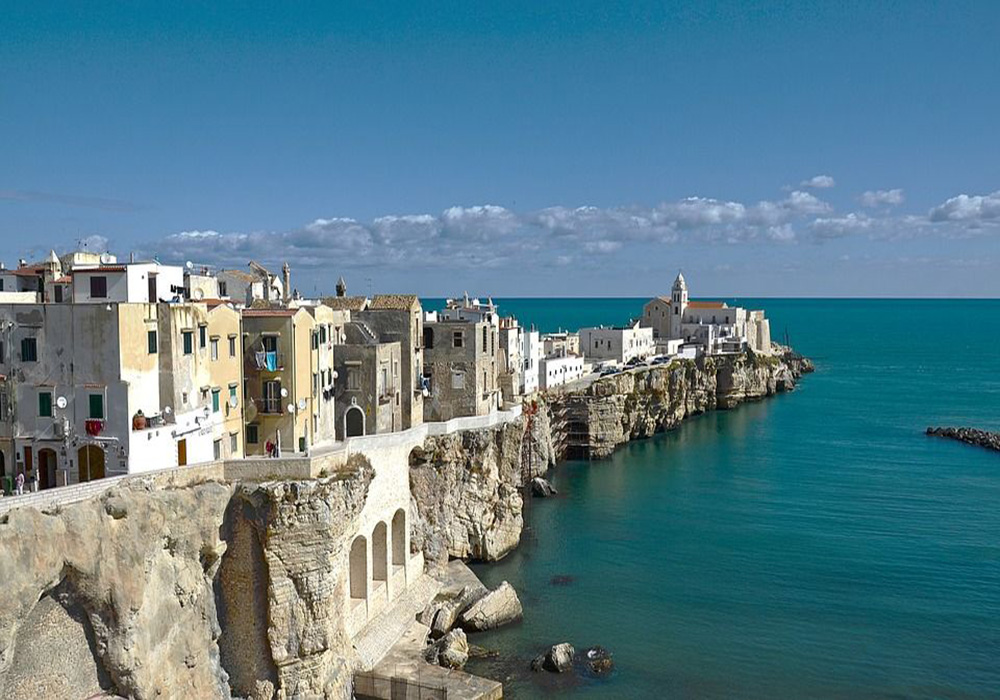25.5.2021
In order to understand the relationship that a Calabrian village, or in general of the Mediterranean, has with music, classical, light or pop need to have a bit of imagination, instead of having little …
In fact, this relationship is completely natural.
Just think of the boys joking at the central bar of the village, half-sleeping in the sun while they sip wine or a coffee, while the radio is spreading music from an amplifier or you hear the sound of an old jukebox or of a guitar more or less intoned in an alley. It will often be just a pop piece, rarely an old Neapolitan song, remixed.
If the piece is a very old success of Renato Carosone (i.e. O ‘Sarracino) then the doors of time open up on the music of the Mediterranean which, – as, more generally, its culture – is the synthesis of what happened here during the course of the centuries.
The saracens of Carosone in these parts are not just an ancient memory, good to describe a fascinating “Latin Lover”, – on the contrary, of these marauders has also remained a legacy, still completely visible today, in the architecture of the villages (crowded as a defensive fort), but above all perched for reasons of defense from these invaders, the Ottoman Turks, on the hills in front of the sea. This is for example evident for villages as Davoli, Badolato or S. Andrea on Ionio.

The Saracens are just one of the invisible appearances of the past, which still lives in costumes and songs. Since ancient times, the Mediterranean has been crossed by many other men, peoples and nations, all in search of news and conquests and animated by the desire for knowledge and domination: the sea and the villages on the sea have been at the same time a border and a joining point for the peoples who have lived on its coasts.
The outcome has not been a simple fusion of languages, costumes, sounds and colors, during the millennia, in reality it has been also the birth of a common substrat, which can very well be manifested by so called “Mediterranean music”.
For example, in the Neapolitan song there is still a clear eco from ancient Arab music, which with its numerical organization (the shades, the jokes, the solfeggio) is the root itself of European music (and do not forget that the numbers we use today, present in musical score, are “Arabic”). Not only: the medieval music, from which the Mediterranean music comes and, in general, the western one have taken from the Arabic one, sounds, shapes and instruments. The typical instruments of our contemporary musicians are also linked to this tradition (i.e., Arab, Muslim, Saracen or Turkish, which you want to). Pay attention, for a moment, to those typical musical instruments, not only of Southern Italy, and of Naples, but also of today’s pop music (drums, guitar, winds, strings and various percussion types), and you will find out suddenly that the mandolin, a typical instrument of Neapolitan music and nephew par excellence of the ancient Arabic instrument, the “Ud“, also called Al’ Oud, is actually the ancestor of many instruments of today.

GUITAR AND MEDITERRANEAN RHYTHM
In fact, the guitar and many other string instruments derived from the mandolin, perhaps almost all the instrumental tradition of classical and cultured music (violets, violins, cello, double bass, etc.).
The mandolin and other Arabic and Saracen instruments came to the West through Bisanzio, the Crusades, Mussulmanian Spain and Arabic Sicily. Then the Western and Mediterranean Middle Ages inherited these and other instruments from the Arab world; just think of the lute, that is properly the ‘OUD, from which derives the Renaissance lute, the Calascione, the mandola, the mandololcello and the mandolino and, as mentioned, the Moorish guitar, the Andalusian guitar, the Psalter (from the Santur), various types of violins, etc.
At the same time, we do not have to neglect that almost all modern percussion (drums, snare drums, etc.) derive from the Arab drum, that is from the tabor.
It is understood, then, as by Muslim Spain these sounds have spread to all those countries of Europe that are limited to the Mediterranean basin and there they are distributed in the world … it is also clear how in Italy, from Arabic Sicily, this musicality has invaded all the sound culture of Southern Italy and in particular the Neapolitan one … up to Carosone and to the most sophisticated Hip Hop!
In fact, in today’s light music is still a trace of the “serenades” or “mornings” (love songs of the night and of the morning), so widespread in the Naples of Fredeyick II that in 1221 the emperor tried even to prohibe them by decree, to protect public quiet.
…

In the chant of old songs of a farmer in the village or of a boy at the bar is therefore hidden and concealed the authenticity of a culture rich in history, traditions and science, which nowadays mixes in the light of day, with the daily life of the villages, … as a background noise.
CHANT OF AN AFAR COUNTRY
Every man and woman of any country has a special love for its places and the people who live there. We dedicate this short lyrics of a master musical opus of the very famous Finnish composer, Sibelius, to eveyone loves (in music, and not only) his/her land…
THIS IS MY SONG (Finlandia )
This is my song, O God of all the nations, / A song of peace for lands afar and mine. /This is my home, the country where my heart is, /Here are my hopes, my dreams, my holy shrine.
But other hearts in other lands are beating, / With hopes and dreams as true and high as mine./My country’s skies are bluer than the ocean, /And sunlight beams on clover leaf and pine.
But other lands have sunlight too, and clover, /And skies are everywhere as blue as mine. /O hear my song, thou God of all the nations, / A song of peace for their land and for mine.
(Jan Sibelius – 1899 / Wds Lloyd Stone – 1934)

